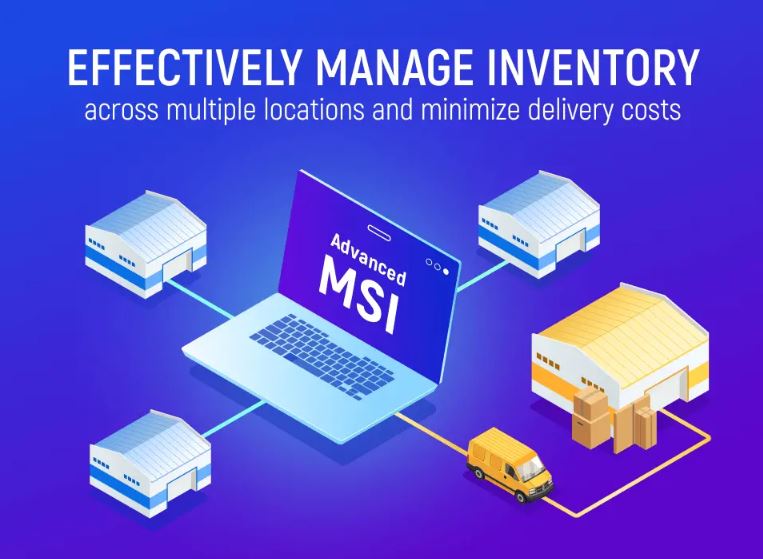Cyber-Insurance Shake-Up: Why Tech Questions Are Getting Tougher
Cyberattacks are on the rise… again. This means cyber-insurance payouts are also surging. As a result, the insurance landscape is transforming in ways tech professionals have never seen. What was once a straightforward application is now a minefield of deep, granular technical questions. Insurers are digging for detailed answers about your infrastructure, security practices, and incident response plans. What does that mean for you? More headaches.
Still, this process—and the headaches—can’t be avoided. You’re facing a reflection of the rising complexity and risk that come with today’s digital environment. It’s time to prepare for this new normal, which means you and your team must understand what’s behind the change and how to answer the tough questions. When you take the right steps to respond strategically, you’ll ensure you stay insurable.
1. Underwriters Are Now Tech-Savvy—and Skeptical
Insurance has always been about trust. If a tech company said it had MFA and secure backups, their word was enough. Those days are over. Underwriters no longer accept claims at face value. Now, they hire technologists to vet applications with questions about whether you have endpoint detection, what kind it is, and how it’s deployed. They’ll also ask about your continuous monitoring processes. You’re not just checking boxes—you’re providing detailed information.
To prepare for this shift, make sure you have a centralized knowledge base with all your security policies, controls, and tools outlined. Create concise, thorough documentation of your stack, including architecture diagrams, vendor lists, access controls, and configurations. Having these on hand will save you time during the application process. Finally, ensure a cybersecurity team member reviews the application to verify accuracy.
2. Audit Tips: Proving What You Say You Do
Every answer you provide on a cyber-insurance application will be treated like a legal attestation. This means that if you say you have MFA but can’t prove it, the insurance company may deny your claim. For this reason, insurers often request audits to confirm you have the controls you claim to have in place. You may deal with a third-party assessment or need to produce internal evidence, but you’ll want to ensure your stated controls are fully operational.
Start by conducting your own gap analysis between stated policies and actual practices. Audit key areas like access management, backup integrity, and logging. Make sure your policies are documented and approved by upper management. Insurers want to verify that your policies are enforced technically, not just aspirationally. Sound patch management practices are now a baseline requirement.
3. Cloud Configurations Are Under the Microscope
Misconfigured cloud environments are among the top causes of data breaches, and your insurer knows it. For this reason, they ask pointed questions about how secure your cloud infrastructure is. Do you use Infrastructure-as-Code? Are you scanning for misconfigurations? You’ll face intense scrutiny on AWS, Azure, and GCP environments. If insurers are uncertain about your responses, you could end up with higher premiums or denial of coverage altogether.
To stay ahead of this issue, implement automated cloud security posture management (CSPM) tools that continuously audit your environment for risks. Tools like Wiz or Orca can help you detect misconfigured storage buckets, identify overly permissive access roles, and find unencrypted resources before they become liabilities. Also ensure you’re enforcing least privilege policies and maintaining role-based access controls (RBAC).
4. Zero Trust Is No Longer Optional
A question you’re likely to encounter on your cyber-insurance application is “Do you have Zero Trust architecture?” This can mean different things to different insurers, but it almost always includes identity-based access controls, device validation, network segmentation, and continuous authentication. If you’re a company that still relies on VPNs and perimeter-based defenses, you may be flagged as high-risk even if you’ve never experienced a breach.
If you haven’t yet transitioned to Zero Trust, it’s past time. Start by inventorying all users and devices that access your environment. Then, roll out multi-factor authentication (MFA) to the entire organization. From there, enforce conditional access based on device health and user roles. Segment your network into zones with limited lateral movement. Tools like Okta and Zscaler will help you implement fundamental Zero Trust principles.
5. Incident Response Plans Are Under Tight Review
It’s not just important that you have an incident response (IR) plan in place—it’s critical that the plan has been tested, updated, and embedded into your broader business continuity strategy. A well-handled breach can minimize damage and significantly reduce costs. A disorganized breach, in contrast, can quickly become a multi-million dollar payout. Insurers want to see tabletop exercises, RACI matrices, and backup failover processes.
To improve your standing, conduct regular tabletop simulations that include both technical and non-technical staff, ensuring everyone is aligned. Update your IR plan quarterly to reflect your actual team structure and capabilities. Include external contracts like legal counsel, PR firms, and forensic specialists. Store the plan in an easily accessible location and train your team on its use.
Prepare for a Harder Look
The bottom line is that when you demonstrate your organization has security policies that are both practiced and coordinated, you can show insurers that your company is resilient. The reality is that cyber-insurance isn’t going away—it’s only becoming more selective and data-driven. You must treat cyber-insurance readiness like an extension of your cybersecurity program to reduce your premiums and be better protected when it matters.





